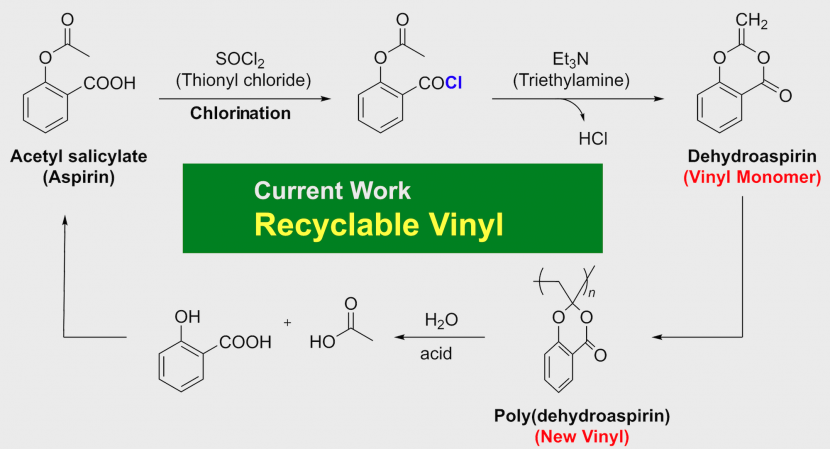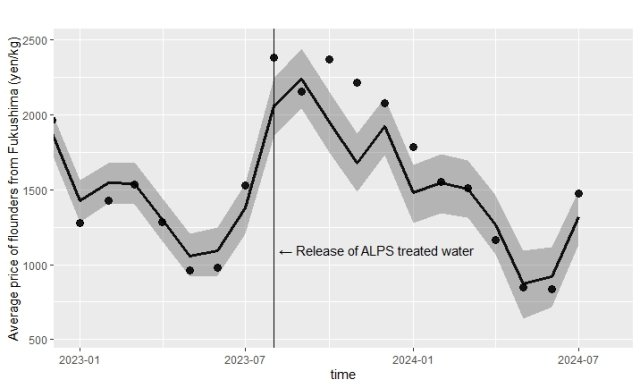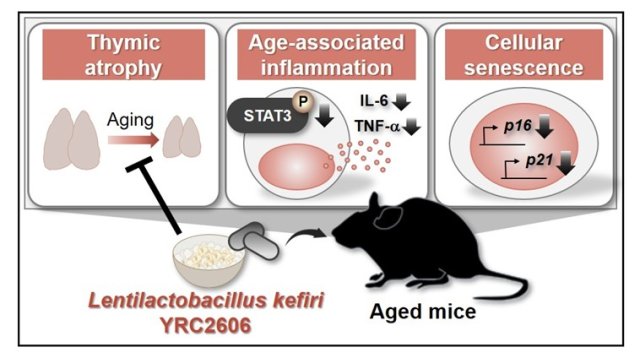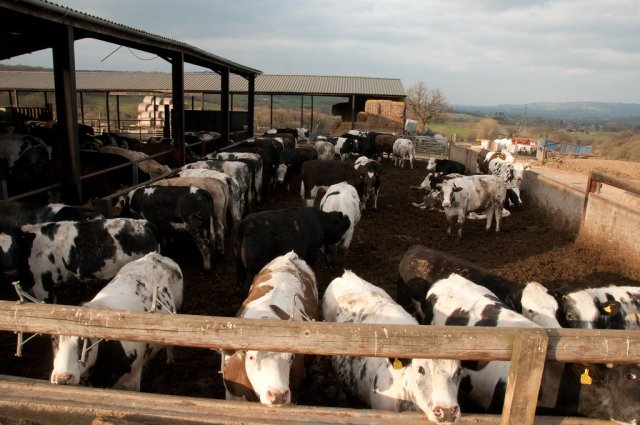Aspirin to the Rescue! Recyclable Vinyl?
- Share
- Tweet
- Send to email
Much of the goods that fill our homes today is made of vinyl, a type of plastic. Recently there was a breakthrough at the Kohsaka Lab that is a solid step forward towards recyclable vinyl.
Following in the footsteps of the father of vinyl, Waldo Semon, who formulated the plasticized poly(vinyl chloride) while experimenting with synthetic adhesives, 2nd year graduate student Akane Kazama, and her professor, Dr. Yasuhiro Kohsaka of Shinshu University’s Textile Science and Technology Department were not exactly searching for recyclable vinyl when they made this discovery.
The lab was conducting an acid hydrolysis of a polymer, expecting it to breakdown into a polyketone with 1,3-dicarbonyl skeletons, but instead the reaction produced salicylic acid and acetic acid, or pre-cursors to dehydroaspirin. This was a fortunate surprise because it is very difficult to degrade vinyl back into its ingredients. Previous recyclable vinyl had been too unstable to work with at room temperature, and was not suitable for practical use.
The team plan to study the mechanism behind the chemical reaction further which they hope will provide insight into real world applications for other types of recyclable vinyl polymers. Vinyl is the second most common plastic in the world today. If it can become cost effective to recycle on an industrial scale, the hope is that worn vinyl will be made back into useful products again.
Further information: Polymer Chemistry 2019, DOI: 10.1039/C9PY00474B





